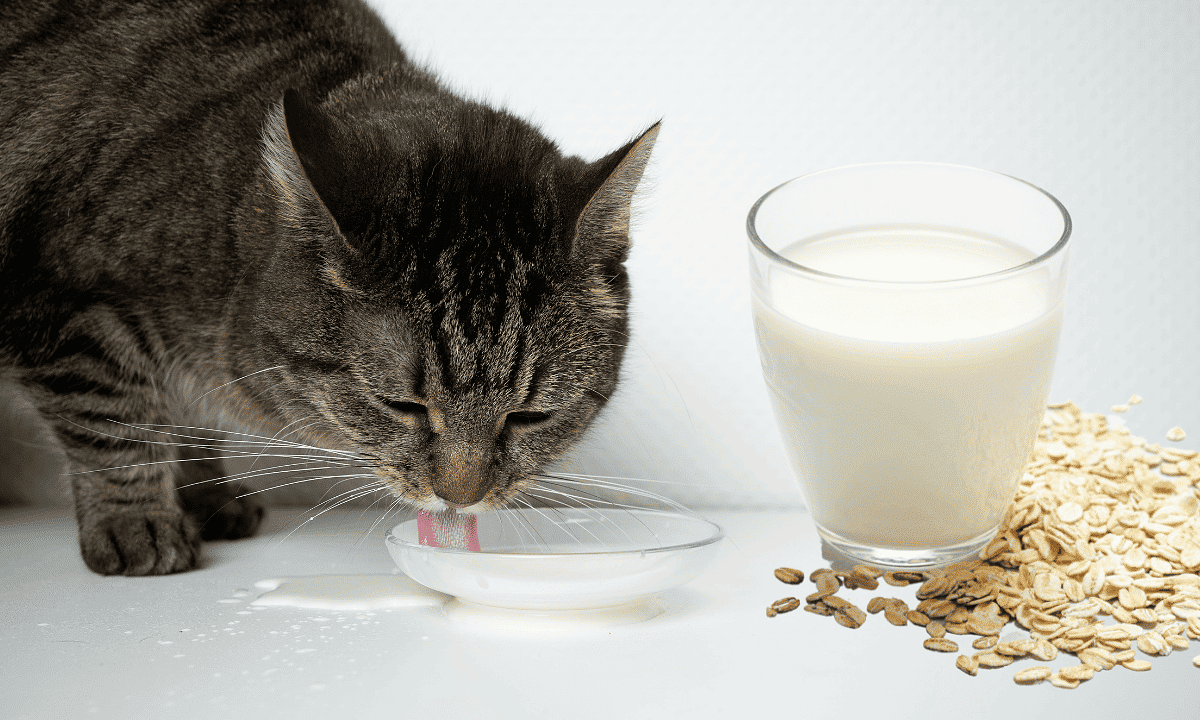Your Cart is Empty
Do Cats Like Green Olives
by Dr. Rebecca MacMillan BVetMed MRCVS July 19, 2023

Do cats like green olives? Like people, some cats like them, and some cats don't!
Particular cats can't get enough of this snack, which might strike you as unusual as cats don't usually like vegetables.
Olives are not toxic to cats, but you should still take some care if offering them to your pet. In my experience, feeding your cat something outside of its regular diet is one of the leading causes of an upset stomach.
In this article, I will explain why some cats like olives and how to keep your pet safe if you offer them this unusual treat!
QUICK LOOK
Why Do Cats Like Green Olives

Green olives contain natural chemicals called isoprenoids. These are very similar to chemicals found in catnip, which we all know is something that cat's go mad for!
Catnip is a herb that is a member of the mint family<1>. It is often dried and stuffed into cat toys or used as an ingredient in some treats. Most cats will strangely react to catnip, constantly sniffing at it, rubbing their head against it, drooling, and rolling around excitedly.
It contains a chemical called nepetalactone that binds to sensory receptors, sending signals to the cat's brain. These signals affect the cat's amygdala and hypothalamus, which are responsible for emotions and behavioral responses.
The answer is similar to those caused by natural sex pheromones found in cats.
While research has been done into the effects of catnip, we have a different amount of information about green olives. The chemical compounds they contain are presumed to provoke a similar reaction but to a lesser degree.
As some cats like the smell of olives, you might find they enjoy licking and playing around with it rather than eating it. However, Some cats enjoy the texture of olives and may have a go at consuming them.
Are Green Olives Safe To Give Cats

Green olives (as well as black olives) are not toxic to cats, but you should still only offer them in moderation.
Olives, or any other vegetable, must only be given as an occasional treat and should make up no more than 10% of your cat's daily diet.
While one or two olives now and then are unlikely to cause any issues, eating lots of them could cause tummy troubles like vomiting or diarrhea.
This is because they are higher in fiber and more challenging to digest than your cat's regular diet, plus they often come soaked in brine (salt water) or oil. These ingredients can irritate the digestive tract.
It would help if you only gave your cat plain olives, not olives stuffed with anything or served in dressing. That's because ingredients like garlic and onions can be toxic to cats, causing a dangerous condition known as hemolytic anemia<2>.
Other ingredients like cheese can cause digestive upset in cats that struggle to process lactose. Salt and chili seasonings are also not healthy for your cat to eat.
The other warning I give owners feeding their cats olives is that they could be a choking hazard due to their size and shape. It is safest to chop olives up into small pieces if wanting to feed them to your cat.
What Other Fruits And Vegetables Can I Give To My Cat

If your cat likes green olives, you might wonder what else they can try!
Here is a list of safe fruit and vegetables you could offer your pet. Just ensure you serve them plain and unseasoned and only give them in moderation.
In my experience, most cats prefer to stick to their regular diet, which is pretty sensible!
Safe vegetables

- Cucumber
- Carrots
- Peas
- Green beans
- Bell peppers
- Cooked potato, sweet potato, pumpkin, or butternut squash
- Lettuce
Safe fruit
- Blueberries
- Mango
- Pear
- Apple
- Melons, including cantaloupe, honeydew, and watermelon
- Strawberries
- Raspberries
- Nectarines, peaches, and plums with the stone removed
So, Should I Give My Cat Green Olives

As a vet, I advise sticking to your cat's regular diet. Even small changes could lead to a nutritionally unbalanced diet. The other issue is that offering human food can cause tummy troubles.
Cats are obligate carnivores, meaning their diet<3> should consist predominantly of protein, with smaller amounts of fats and even lesser amounts of carbohydrates.
Feeding too many green olives (or other vegetables) is not advisable, and they don't gain anything nutritionally from it.
Summarize
That said, if your cat has the occasional vegetable as a treat, it is unlikely to do any harm if you stick to the ones on the safe list.
The other thing to remember is that most cats aren't interested in vegetables or fruit, so never force them to eat something they aren't keen on.
Our family cats were never interested in these things, but yours might be more experimental!
Article Sources <1>- https://www.cats.org.uk/cats-blog/why-do-cats-go-crazy-for-catnip <2>- https://www.msdvetmanual.com/toxicology/food-hazards/allium-spp-toxicosis-in-animals<3>- https://www.vet.cornell.edu/departments-centers-and-institutes/cornell-feline-health-center/health-information/feline-health-topics/feeding-your-cat
Leave a comment
Comments will be approved before showing up.


